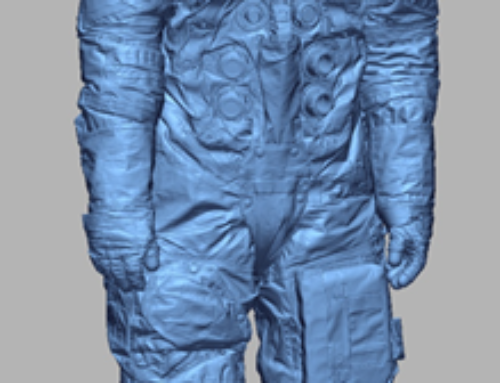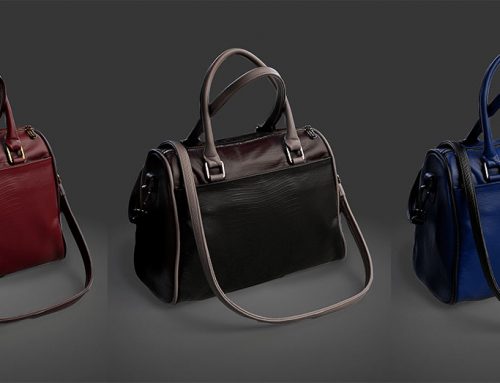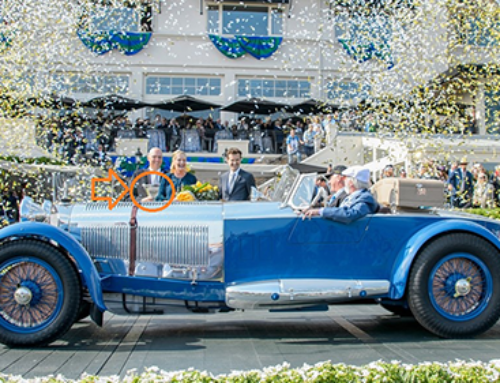San Francisco Giants fans are lining up at Oracle Park these days, looking for the chance to get a picture – not with a player, but with a painstakingly recreated statue of the spacesuit used by Neil Armstrong to walk on the Moon 50 years ago.
The suit, one of 15 on display at major league parks, is the result of a collaboration which included the National Air and Space Museum and Scansite 3D, a San Rafael-based 3D technology company with previous projects including creating props for the movies.
“I was 10 years old when Neil Armstrong walked on the Moon. I remember it so vividly. It’s the only time in my life when the entire world just stopped and took notice. I feel really fortunate to have been a part of this,” said Lisa Federici, CEO and co-founder of Scansite 3D.
The 12-person Francisco Boulevard firm, located a few miles from Skywalker Ranch, worked with artists from Lake County and Sacramento as well as Form 3D Foundry, a Portland-based studio and fabricator. Together, the group worked to create a statue of the suit using computer-generated models to produce astronaut-sized molds. The effort was part of the Museum’s “Apollo at the Park” campaign.
Explaining the creation process
In December 2018, Scansite learned the Smithsonian’s National Air and Space Museum had selected it to undertake the project. From then on, Scansite was on a tight schedule, especially with the federal government shutdown that lasted from December to January.
The statues were created through several steps. First, the Smithsonian’s Digitization Program Office scanned the suit in Washington, D.C. The office then sent large data files of the 3D scan to Scansite. Scansite edited the data supplied by the office, then used specialized software to reduce the file to a manageable size that could be handled by Form 3D Foundry. Scansite also cleaned up the data. Form 3D Foundry separated the data file into 16 smaller sections. It printed them in a porous acrylic material that was infused with epoxy resin afterwards.
Next, Form 3D Foundry assembled a “master model” of the space suit. This model served as the mold for all the statues through a process called rotocasting. From that mold, Wesco Enterprises, a Sacramento company, rotocast the 15 statues.
hree artists hired by Scansite then hand-painted all of the statues. Finally, Keith Monument Company of Elizabethtown, Kentucky, affixed a granite base to each statue. Keith Monument Company also facilitated installation of the statues at the MLB ballparks.
Scansite served as the primary contractor on the project, with all parties except the National Air and Space Museum under its umbrella.
Challenges in making the suit
Making the statues accurate and durable required patience.
Libby Carruth, lead sculptor for Form 3D Foundry, said her company’s task was to print and assemble the master model for the statues.
“We started building it (the master model) on a table, but once we got to the hips and waist, we stood it up on the ground. At one point, a ball bearing from a tool fell into the partially assembled model. We had to hold it upside down and shake it out, like shaking change out of a pants pocket,” said Carruth.
Carruth said the finished master model was very light, “only about 50 pounds.”
Form 3D Foundry also oversaw the creation of a custom crate for the master model.
“The shipper put the printed spacesuit in the crate and then inflated foam all around it, so it would be protected during transport. It looked like some sort of bizarre coffin,” said Carruth.
She said Scansite was an excellent partner all through the process, “providing data that was so good we couldn’t see where they had cleaned it up.”
Wesco Enterprises then received the master model in its Sacramento warehouse.
Paula Slater, a Lake County sculptor, sculpted refinements onto the master model to ready it for molds and casting in resin. After Wesco cast 15 statues of the master model, she and her husband, Chris Slater, painted many layers of enamel and acrylic paint on the ports, stitching, buckles, and other details of the suit statues.
Olivia Coelho, a Sacramento artist, provided part-time assistance with these tasks. Paula Slater then Photoshopped the NASA patches and decals, which were printed on cloth and cemented onto the statues.
“We (the Slaters) worked closely with the National Air and Space Museum sending photos and videos throughout the creation process. When we were done with the first one, (they) asked us to “dirty it up” a bit. The legs and knees needed to look like they were smudged with moon dust,” said Paula Slater.
She attended a July 20 “Apollo 11 Day”at Oracle Park along with the Scansite team. She added people reacted very positively to the statue.
“People posed with it in all different ways, wanting to brush up against it and feel it. Two or three little children were scared because they thought someone was inside the spacesuit. Then when we showed them there wasn’t, they had fun posing with it,” said Paula Slater.
Coelho, who was born in 1975, said before she helped paint the statues, the Moon landing “was in the realm of Star Wars and Star Trek.”
“Being literally inches away from the statues took it (the Moon landing) out of the realm of lore and legend into reality,” said Coelho.
Samia Khan, project specialist for the National Air and Space Museum, said Scansite did an amazing job on the statues.
“The surface level of detail is excellent. Public reception to the statues has been incredible,” said Khan.
Khan added Scansite’s work helped bring the momentum and experience of the Moon landing to people around the country.
“I think this was a very unique and exciting way to share one of our most treasured artifacts. There’s a whole generation of children that didn’t grow up with the Moon landing. Bringing that excitement to life was really special,” said Khan.





